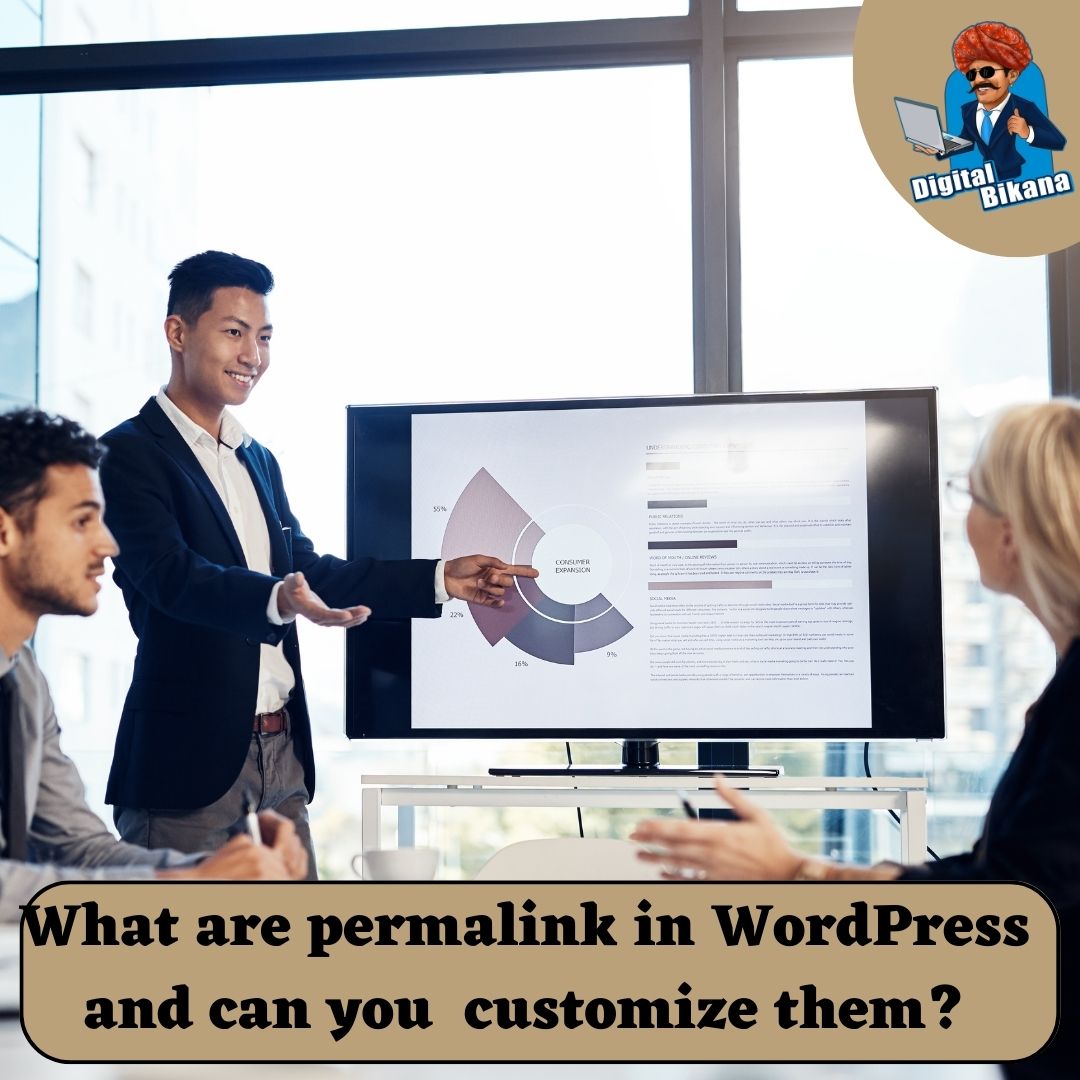What are Permalinks in WordPress and How can you customize them?
In this article we are going to talk about What are Permalinks in WordPress and How can you customize them? In the world of WordPress websites, the term “permalinks” holds significant importance. Permalinks refer to the permanent URLs that represent individual pages, posts, and other content on your website. Understanding the concept of permalinks and learning how to customize them is essential for optimizing your website’s search engine visibility, improving user experience, and creating more readable and memorable URLs.
What are Permalinks in WordPress and How can you customize them?
In this comprehensive article, we will delve into the details of permalinks in WordPress, explore their significance, and provide a step-by-step guide on customizing them to suit your needs.
What are Permalinks?
Permalinks, short for permanent links, serve as the unique and unchanging web addresses that point to specific pages, posts, or content on your WordPress website. They are designed to be permanent, allowing users to access your content even after an extended period. By default, WordPress generates permalinks based on a structure that may include post IDs, dates, and post names. However, these default options may not be the most user-friendly or search engine optimized.
Importance of Customizing Permalinks
Customizing permalinks is crucial for several reasons. First and foremost, it improves the readability and usability of your website’s URLs. By creating clean, descriptive, and human-readable permalinks, you make it easier for visitors to understand and remember the address of a particular page or post. Additionally, customizing permalinks can have a positive impact on your search engine optimization (SEO) efforts. Search engines prefer concise and keyword-rich URLs that accurately reflect the content of a page or post. Optimized permalinks can contribute to better search engine rankings and increased organic traffic to your website.
Read Also: What are Custom Fields in WordPress and how can you use them?
Accessing Permalink Settings in WordPress
To customize permalinks in WordPress, navigate to your WordPress admin dashboard and click on “Settings.” From the drop-down menu, select “Permalinks.” This will take you to the Permalink Settings page, where you can make changes to the structure of your website’s URLs.
Choosing a Permalink Structure
WordPress offers several permalink structure options to choose from. These options include Plain, Day and Name, Month and Name, Numeric, and Post Name. While each option has its advantages, the “Post Name” structure is often recommended due to its simplicity and SEO-friendliness. It creates clean URLs that incorporate the post or page title and can improve the visibility of your content in search engine results.

Customizing Permalink Structure
If none of the predefined permalink structures suit your requirements, WordPress allows you to customize the permalink structure using the “Custom Structure” option. This feature enables you to define your preferred permalink format using specific placeholders or tags. WordPress provides various placeholders that can be included in your custom permalink structure, such as %postname% (post or page slug), %post_id% (unique post or page ID), %category% (post category), and more. You can combine these placeholders to create a permalink structure that best aligns with your content and SEO goals.
Read Also: How can you create different types of content in WordPress?
Best Practices for Customizing Permalinks
When customizing permalinks, it’s essential to adhere to certain best practices. Firstly, ensure that your permalink structure is logical, descriptive, and relevant to the content it represents. Incorporate relevant keywords naturally in your permalinks to enhance their SEO value, but avoid keyword stuffing, which can harm your rankings. Keep permalinks concise and avoid excessive length, as shorter URLs tend to be more user-friendly. Consider the impact of permalink changes on your existing content, as altering permalinks for established pages and posts can result in broken links and loss of traffic. Implementing 301 redirects or using plugins to handle such changes can mitigate these issues.
Updating Existing Content
Customizing permalinks affects new content automatically, but existing content retains their original URLs. To update existing content with the new permalink structure, you can utilize plugins such as “Regenerate Permalinks” or manually update the permalinks for each individual page or post. This step ensures consistency across your website and avoids confusion for users and search engines.

Conclusion
Permalinks play a vital role in shaping the structure and accessibility of your WordPress website’s URLs. Customizing permalinks allows you to create user-friendly, descriptive, and SEO-optimized URLs that improve the visibility of your content and enhance user experience. By following the step-by-step guide provided in this article and adhering to best practices, you can effectively customize permalinks in WordPress and set your website on the path to greater search engine visibility and improved user engagement. Remember, thoughtful permalink customization is an essential aspect of building a successful WordPress website. So, Now I hope you have understood about the What are Permalinks in WordPress and How can we customize them.
You can also checkout this website designing institute to learn digital marketing course by enrolling in our course Or Contact Digital Bikana on +91-8949483728

